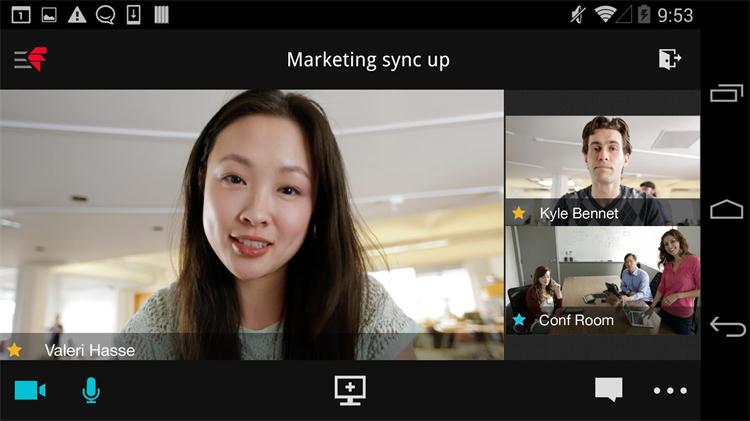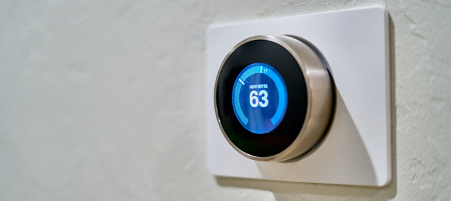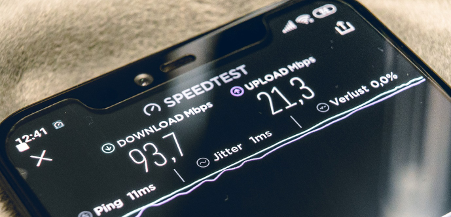Navigating IT trends in 2020
- Franz Lomibao
- Jul 10, 2020
- 4 min read
Updated: Oct 28, 2020
We are half-way through 2020 and more than ever technology is playing a crucial role in the current environment. Here Franz Lomibao takes a look at the increasing trends in the IT space, and navigates us through the pros and cons of these in our every day lives.
Conference Calling + etiquette
Conference Calling software has played a pivotal role for companies dedicated to surviving the current crisis, by keeping the business world moving through virtual meetings. But there are several things to keep in mind thinking about the cost of this convenience.
Virtual meeting etiquette, awareness, and what the application promotes to its user are all areas to keep in mind. From my personal experience, large conference calls can actually become communication barriers especially when it comes to contributing to the conversation. Being aware of your background and surrounding noises is important, as both can cause disruption for everyone involved in the call. Maintaining productivity for everyone throughout the meeting can be tough, especially when dealing with connection issues. The sedentary nature of a video conference can feel uncomfortable, as our movements are so clearly highlighted on camera. So while extremely beneficial for bridging the gap when we can't be there in person, conference calling is not right for every situation, and needs to be used appropriately, and with skill.
Machine Learning / AI – Artificial Intelligence
By this point you may be over hearing about this topic due to everyone saying, “this is AI’s year”. But truth be told, it is progressing well and currently slowly entering our lives through big players like Amazon and Google. Personally I’ve been using Google Home for over a year now and I found it is exceptionally useful for trivial things like using it as a count-down clock for cooking, confirming dinner table discussions, and playing music, all done through the wonderful magic of voice command. Machine learning and its end application are by far its real strength because as time progresses it gets better. Natural Language Processing is so much more advanced today compared to the first iteration of Siri for the iPhone 4S.
In 2020 Machine Learning application is slowly entering the retail industry, for example, luxury clothing brand Neiman Marcus is using AI to help shoppers, by incorporating 'visual search', a method that allows the user to submit photos of clothing which NM will try to match with their own inventory. Their view is that as the customer is the heart of the business by using AI they can build greater, more personalised relationships to support those values.
IOT – Internet of Things
The first time I have heard Internet of Things was during my first year at University by my lecturer and at the time, it sounded strange to say the least. It was described as a wide-reaching system that can communicate with everything around it and sometimes to an even wider network. A great example is the smart home, with interchangeable smaller pieces such as Google home and Hue light bulbs, that communicate with each other providing real time data, analytics, control and connectivity through the internet.
The Internet of Things is growing fast with adoption far more popular with the younger generations. With this, an increase in data leaking, data mining and data exploitation is becoming a real issue of concern. With Big Data being so valuable and machine learning dependant on this, our desire for the Internet of Things has exposed us as much as it has helped us. It's hugely important to read the fine print and know what you are allowing your smart devices access to, as even in New Zealand privacy breaches are a very real and regular occurrence impacting businesses, social lives, and bank accounts.
5G
The 5th generation mobile network 5G is here and the blazing speed and low latency has created interesting possibilities and potential. Designed to connect virtually everyone and everything together including machines, objects, and devices, it means faster speeds and a much higher level of automation is available. Vodafone is also giving access to 5G with phones 5G enabled in a 4G plan for free until 30th June 2021 which is neat!
The downside of this is that the high frequency and higher level of power does translate to overall temperature increases in our environment.. By how much we are not yet sure of. Depending on the density of 5G nodes and/or power being produced this may only impact us at most by a few tenths of a degree, but could also easily be higher, endangering our ecosystem. (https://www.nature.com/articles/d42473-019-00009-7). In New Zealand, we have government regulations and standards to control the output of the 5G nodes, but again, it's hugely important we are aware of the impact new technology has on our lives, and our futures. (https://www.health.govt.nz/your-health/healthy-living/environmental-health/radiation-environment/cellsites-and-5g)
Although concerning, we should balance this technology to benefit communities, and I am personally looking forward to when driverless cars communicate with each other on the road in real time. This is where latency will play a large role, replacing cameras and infrared technologies currently used to track location on the road. High speed communication between vehicles to determine location and position as well as speed will give us far safer and more reliable options for driverless cars.










Comments